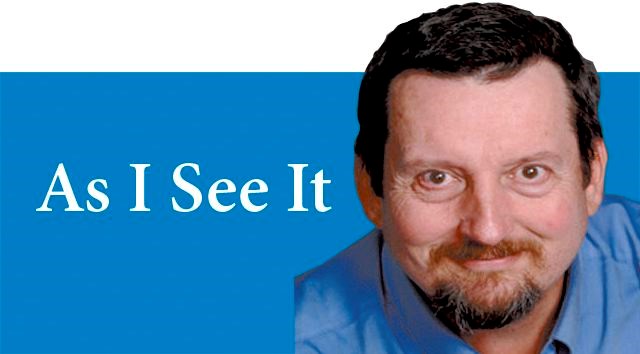I have said this before and will likely say it again: budgets are wish lists. They are statements of intent and not to be considered as anything more than a promise.
As we all know, promises are often broken and wishes don't often come true.
That said, a budget document lets us know what are the government's priorities and intentions.
What the minister of finance thinks is in our future. They let us see how the government thinks our money should be apportioned and how much further in debt we are going to be.
While the government's priorities are outlined in the budget speech presented by the minister of finance, the numbers are available through the estimates.
Both need to be considered in any analysis of the budget and will take more than one column.
Budget Speech 2017 started with a bit of poetic license by Minister de Jong as he waxed eloquently about recent snow storms and drew an analogy with budgets and finances. I think the minister deserves kudos for sheer originality.
Unfortunately, the speech then turns to electioneering telling us what dire straits we have been in.
It runs a little hollow because this government has been in power for 16 years and any fiscal issues must be laid squarely at their feet. It discusses eliminating "direct operating debt" without much explanation other than saying "we have more than paid back what we borrowed to finance operating deficits during the lean years."
This might sound like the government has paid off the province's debt - especially when the minister goes on to say "within our reach is the possibility of eliminating our operating debt entirely for the first time in 45 years."
However, the minister later states "the three-year fiscal plan includes taxpayer-supported capital spending (read: debt) in the amount of $13.7 billion - the highest level ever..."
This will push the total provincial taxpayer-supported debt to just north of $50 billion by the end of the decade or from the present 84 per cent of revenue to 93.5 per cent.
At 95 per cent, our precious triple A credit rating could be in danger and as the minister rightly points out, that would have a significant impact on our annual debt services costs. (According to the estimates, debt servicing will cost $2.666 billion this coming year.)
However, taxpayer-supported debt isn't the only issue to consider.
With the way this government has organized itself, the Crown corporations must be considered.
Under Premier Christy Clark, B.C. Hydro's debt has risen from $12 billion to a projected $23 billion by 2020. Add this in and the total provincial debt will be around $78 billion.
To put it another way, the provincial government keeps making the minimum payment on its credit card while the credit card limits keep going up and the province keeps spending. Debt free?
Not likely any time soon.
Indeed, at a personal level, this is the sort of behaviour which leads to bankruptcy.
This is not to say the money is not well spent.
This government has put off infrastructure investments in school, hospitals, and such for far too long. Ironically, if some of these projects had been completed a decade ago when they were first identified as needs, we would have saved ourselves a considerable amount of money as the price of building has tracked well ahead of economic growth or inflation.
The majority of the projects are slated for the Lower Mainland and Vancouver Island.
Once again, the citizens of Vancouver will get a disproportionate share further exacerbating the underlying problems associated with attracting businesses and entrepreneurs to cities such as Prince George.
It is a diluted version of society depicted in The Hunger Games, in which the capital thrives at the expense of the districts.
This is perhaps most starkly seen when the minister discussed advanced education.
"Budget 2017 also includes $2.6 billion in capital spending by post-secondary institutions for new buildings and renewal of infrastructure at campuses across the province. That includes
$71.2 million of capital investments on rural campuses including North Island College in Campbell River, Northwest Community College in Terrace, Northern Lights College in Dawson Creek, and Okanagan College's Vernon Campus."
For the record, $71.2 million is 2.7 per cent of the total.
Is it any wonder that UBC and the Lower Mainland institutions attract so many students from the regions?
As a final note, we will likely hear much about the amount we spend on health. Two factors need to be considered. The first is the general growth in GDP and the second is the increase in population. As a percentage of our GDP, health care spending has hovered around seven per cent for the past 20 years.
Yes, in absolute terms, the cost of health care is rising but as a percentage of the economy, it is relatively static.
That is one of the good news items from the budget speech.



